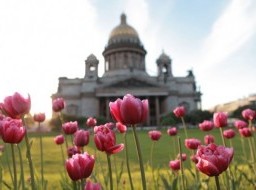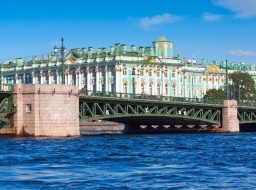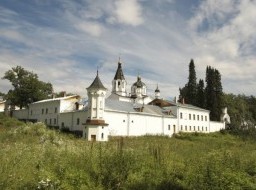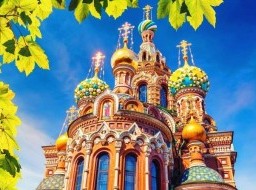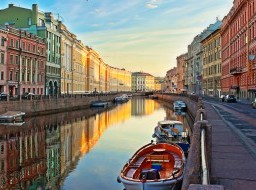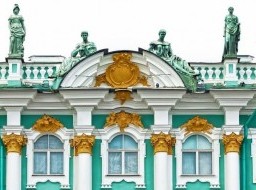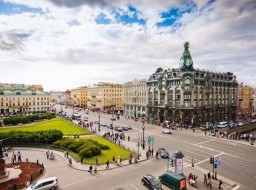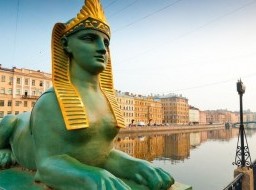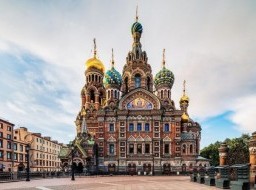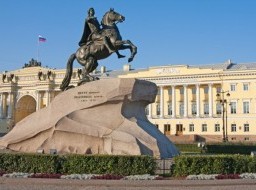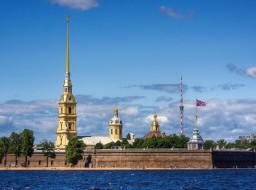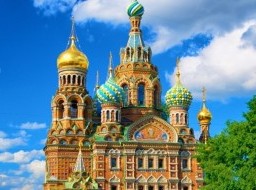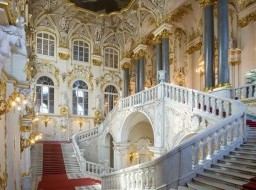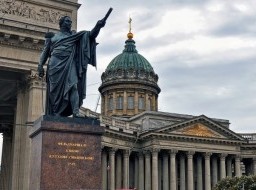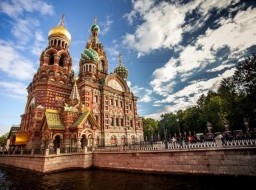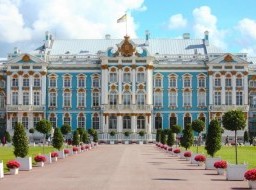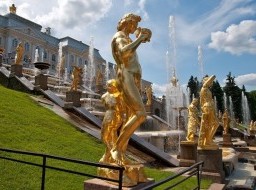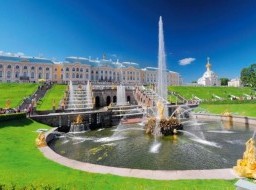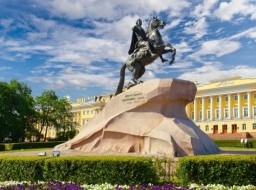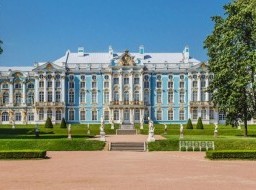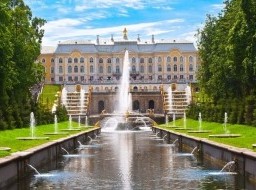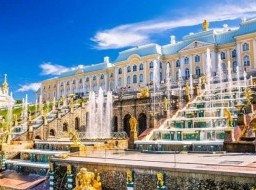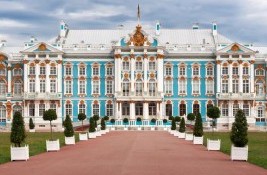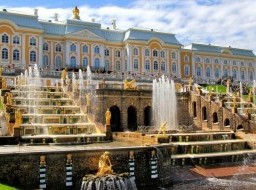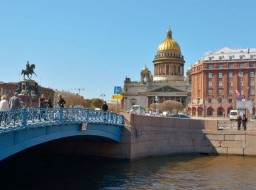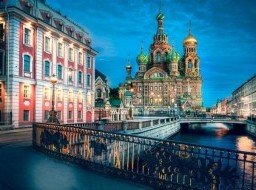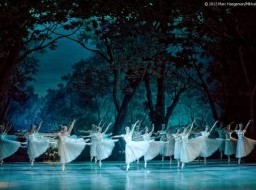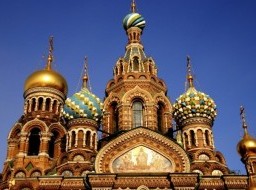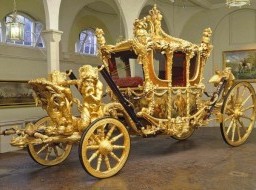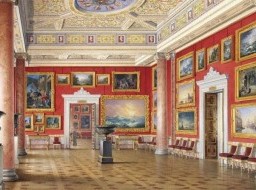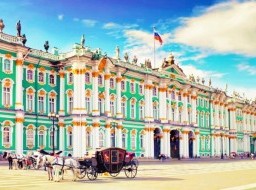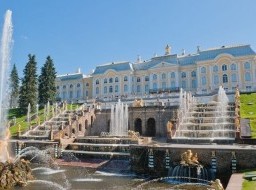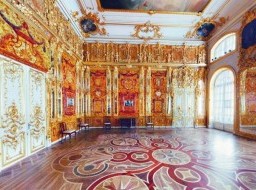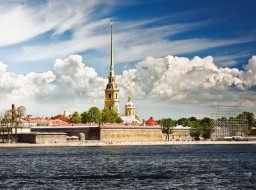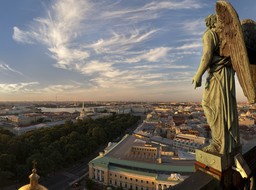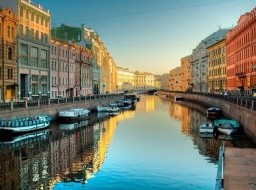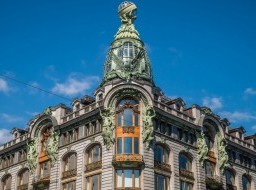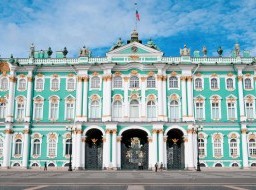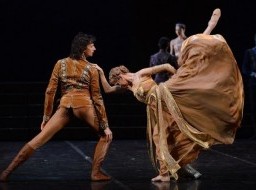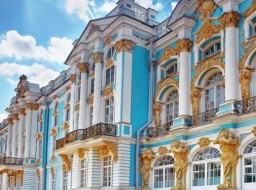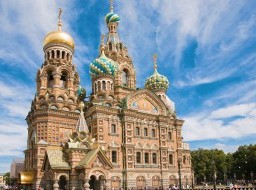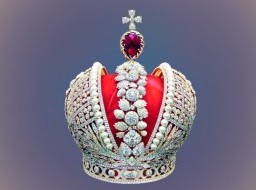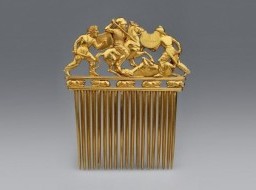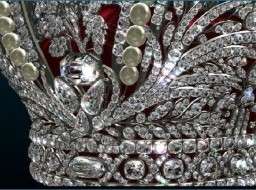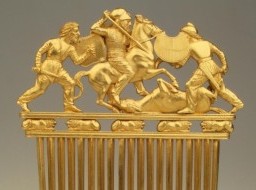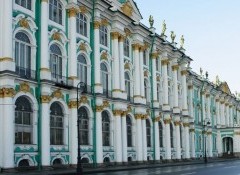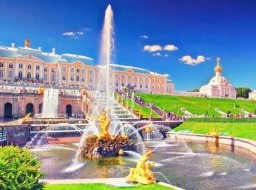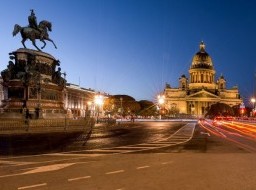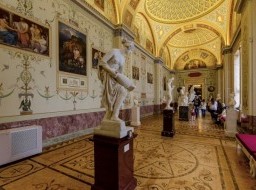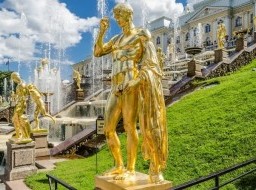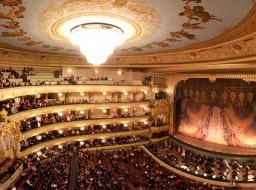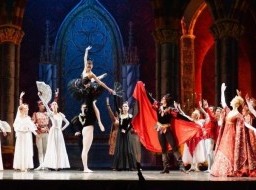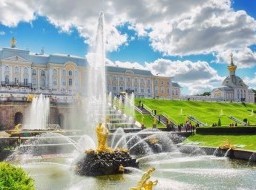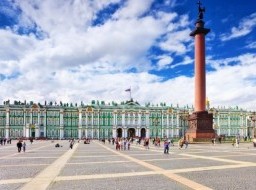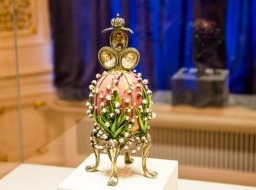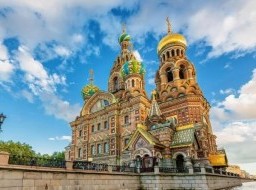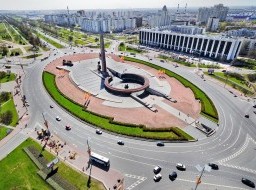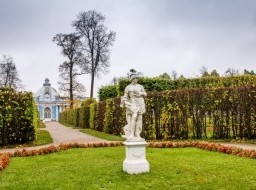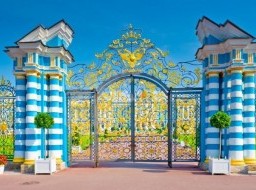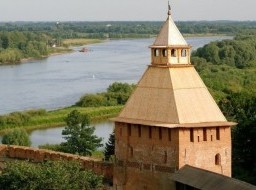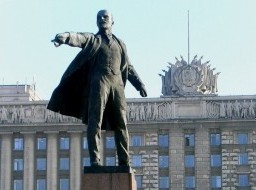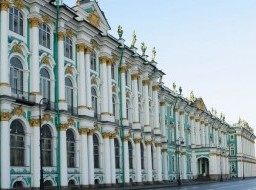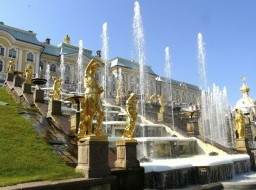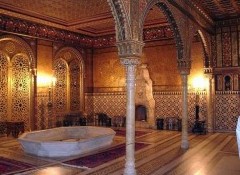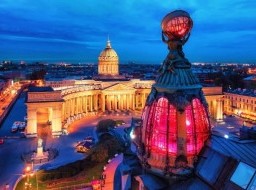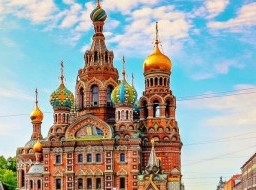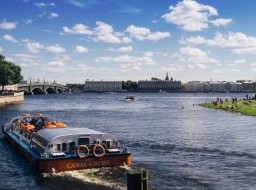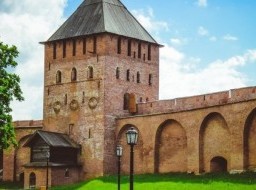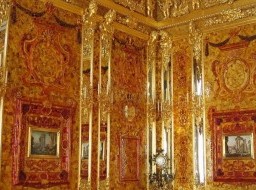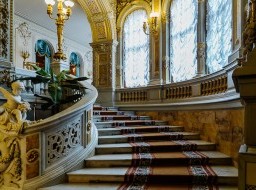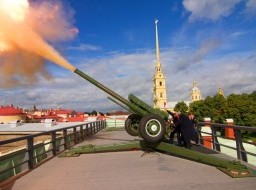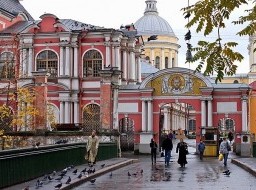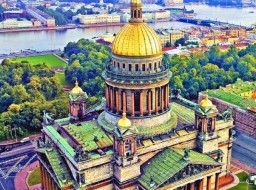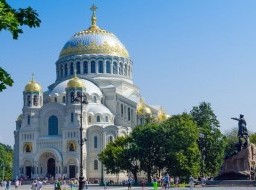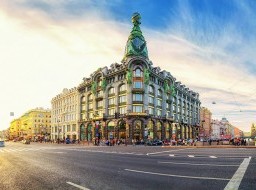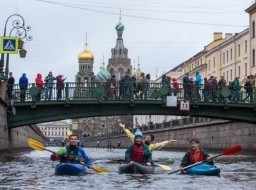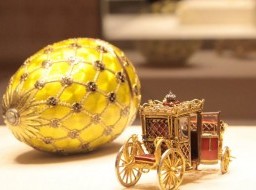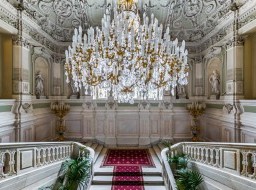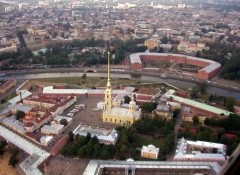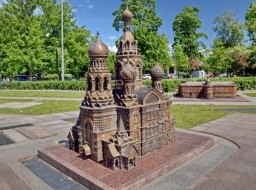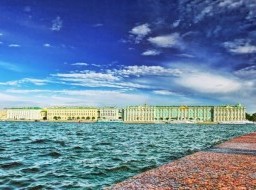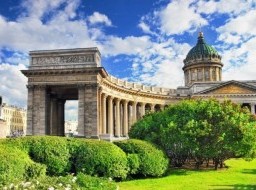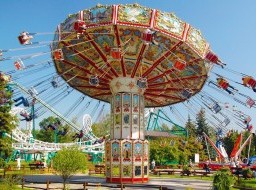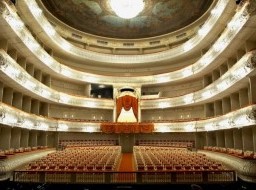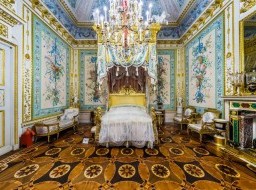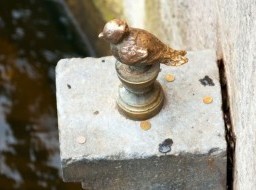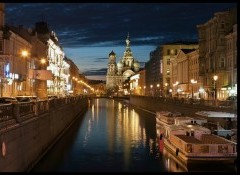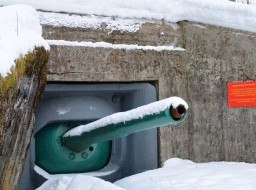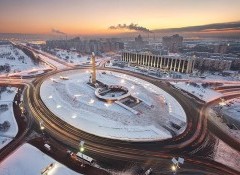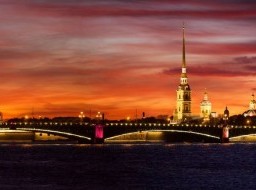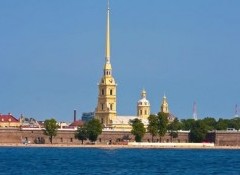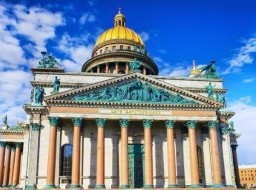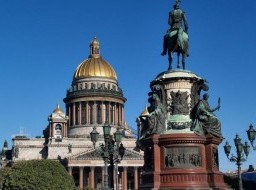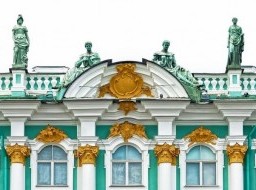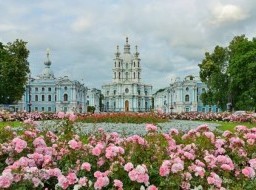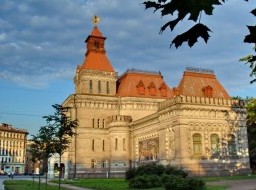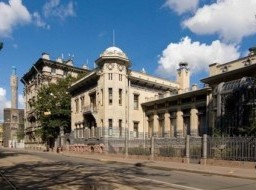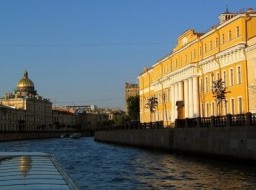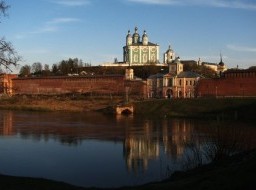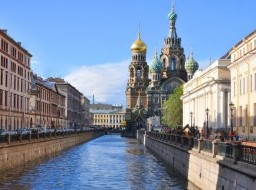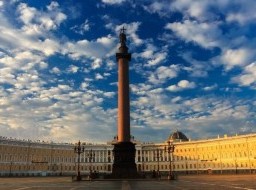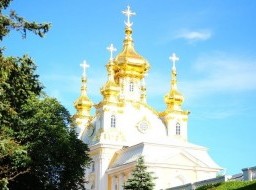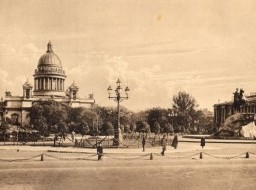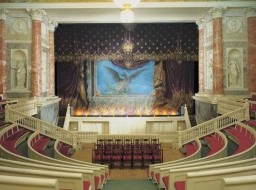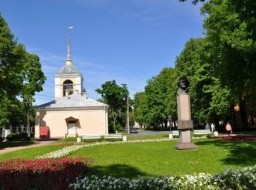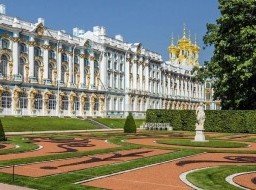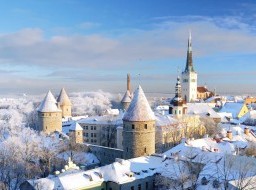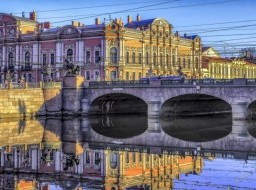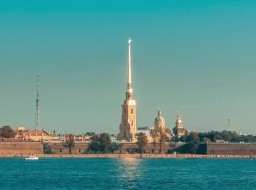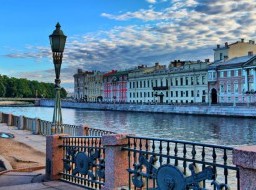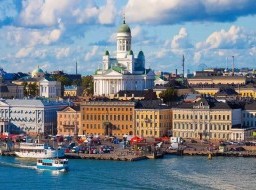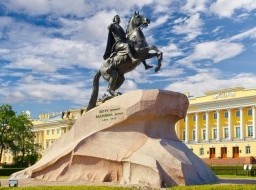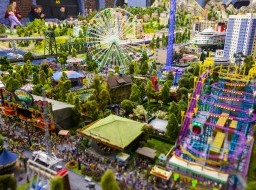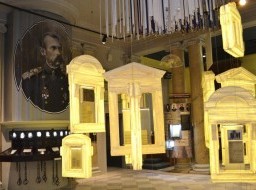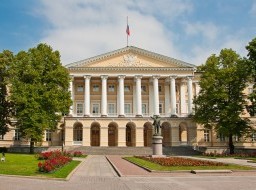Admiralty
The One of St. Petersburg most oldest and, arguably, most historically important buildings, the Admiralty building serves as the focal point of Nevsky Prospekt, Gorokhovaya Ulitsa, and Voznesenskiy Prospekt. While its location at the convergence of some of St. Petersburg's most epochal streets embodied Peter's emphasis and, some would say, obsession with the importance of northern capital's maritime might, it served a far more important and realistic purpose during St. Petersburg's early years. The original this amazing building was one of the first structures to be built in St Petersburg. It was designed to be a dockyard, where some of the first ships of Russia's Baltic fleet were built (some with the participation of Tsar Peter himself who, was an expert in shipbuilding). The Admiralty was also fortified to be an extra defense for the newly acquired territory of the Neva delta. Just like the city of St. Petersburg itself, the original Admiralty was also created by Peter the Great. Situated directly across the Neva from the treasured Peter and Paul Fortress, St. Petersburg 's oldest construction, the Admiralty began life as a fortified shipyard in 1704. Peter was obsessed with creating a navy even though Russia only had one seaport at the turn of the 18th century; Archangel in the frozen north. In those early days up to 10,000 tradesmen laboured around the clock in this guarded enclave of docks and canals, to build Peter his navy. The Admiralty was initially a heavily fortified shipyard surrounded by a moat and four tower bastions at the corners of each fortification. The first commissioned warship built by the Admiralty yard was lowered into the Neva in 1706. It is said that Peter, a master shipbuilder himself, was often seen toiling in the yards along with thousands of tradesmen, workers and merchants. By the 1840s, most of St. Petersburg shipbuilding had moved downstream. At this point, the shipyard was no longer of any practical use and the Admiralty was put under the administration of the Russian Navy. In 1870, the Navy had filled in or decommissioned most of the Admiralty's internal docks and canals. This newly formed land was then occupied by a number of administrative buildings, private mansions and palaces that remain to this day. The Admiralty continued to house the Ministry of the Navy and the Naval Museum up to the eve of the Bolshevik Revolution, when the former shipyard served as a final rallying point for Tsarist forces. The iconic spire adorning the originally wooden gate was built in 1711 by architect Ivan Korobov, after the tower had been added to the center of the foremost façade. Built mainly of wood in its original form, the central gate tower with its golden spire was born of Ivan Korobov's design in 1730. The 'High Classicism' building of the Admiralty as we see it today was reconstructed during the reign of Alexander I between 1806 & 1823. The chosen designer was one of Russia's most inspired architects, Andreyan Zakharov who was then a professor at the St. Petersburg Academy of Arts. Today the tiered tower is covered with statues and the attic level frieze portrays Neptune, the Roman god of the sea, handing Peter the Great his trident of power. On the next level up we can see four statues of ancient military leaders, Achilles, Ajax, Pyrrhus and Alexander the Great. Higher still, the tower is encased behind 28 slender stone columns which support a cornice having 28 sculptures. These figures symbolize the elements, Air, Earth, Fire and Water, plus the seasons of the year, and winds of each compass point. The Admiralty of today, home to the Naval College and boasting an enormous 400-meter-long façade, anchoring the complex within the heavily wooded Alexandrovsky Garden, remains one of the most iconic and historically significant buildings in St. Petersburg. Heavily wooded, Alexandrovsky Garden is situated along the south and the west facades of the Main Admiralty and has an area totalling over 10 hectares. Gardener laid out a boulevard of four rows of limes on the site of the southern rampart of the Admiralty fortress to the designs of architect Luigi Rusca. In 1819, the boulevard was enlarged at the cost of filling in the fortress ditch and it became a popular walking place (mentioned in Alexander Pushkin's novel Eugene Onegin). A fountain was opened in the centre of the garden, a bust of the poet Vasily Andreevich Zhukovsky was installed near the Palace Square, and a monument to geographer Nikolai Mikhaylovich Przhevalsky on the opposite side. Regular festivals were organised on a square near the garden during Shrove-tide and Easter holidays. |
|
